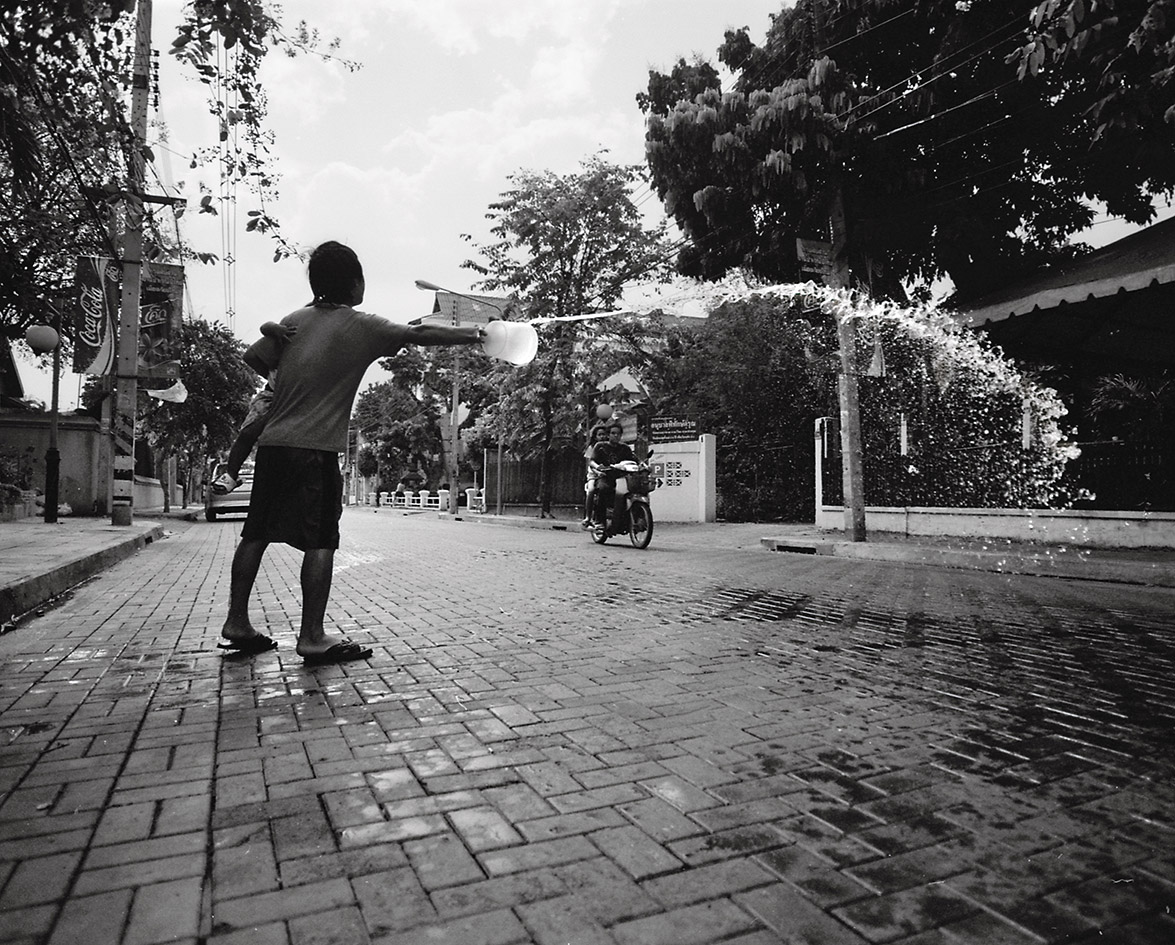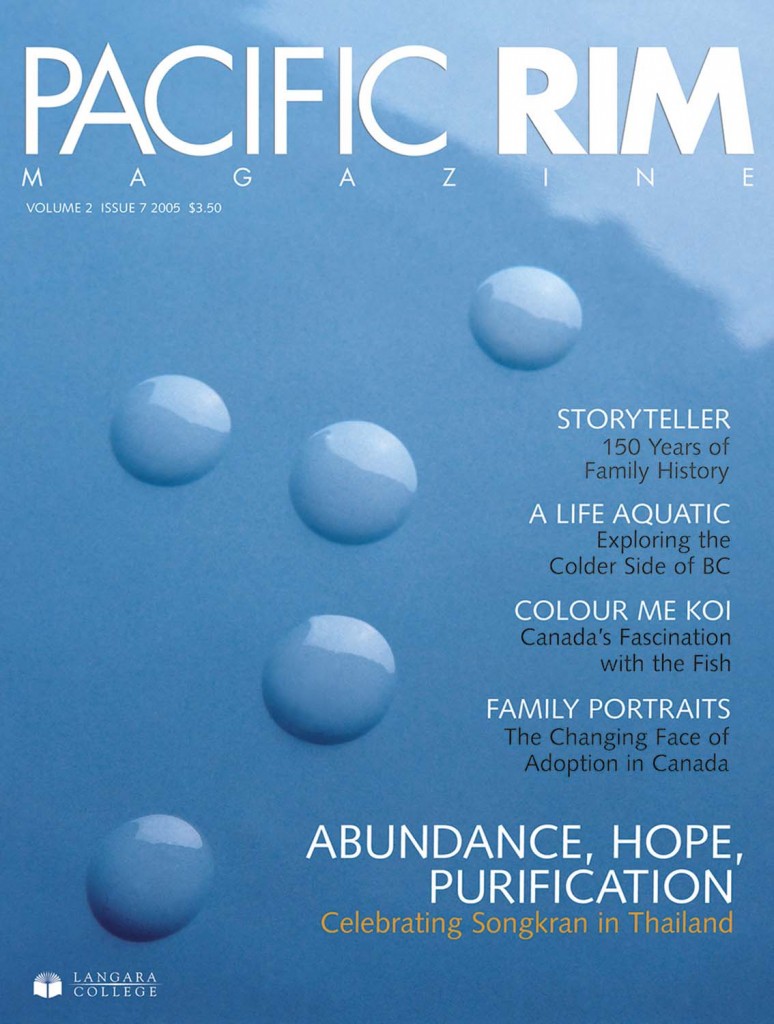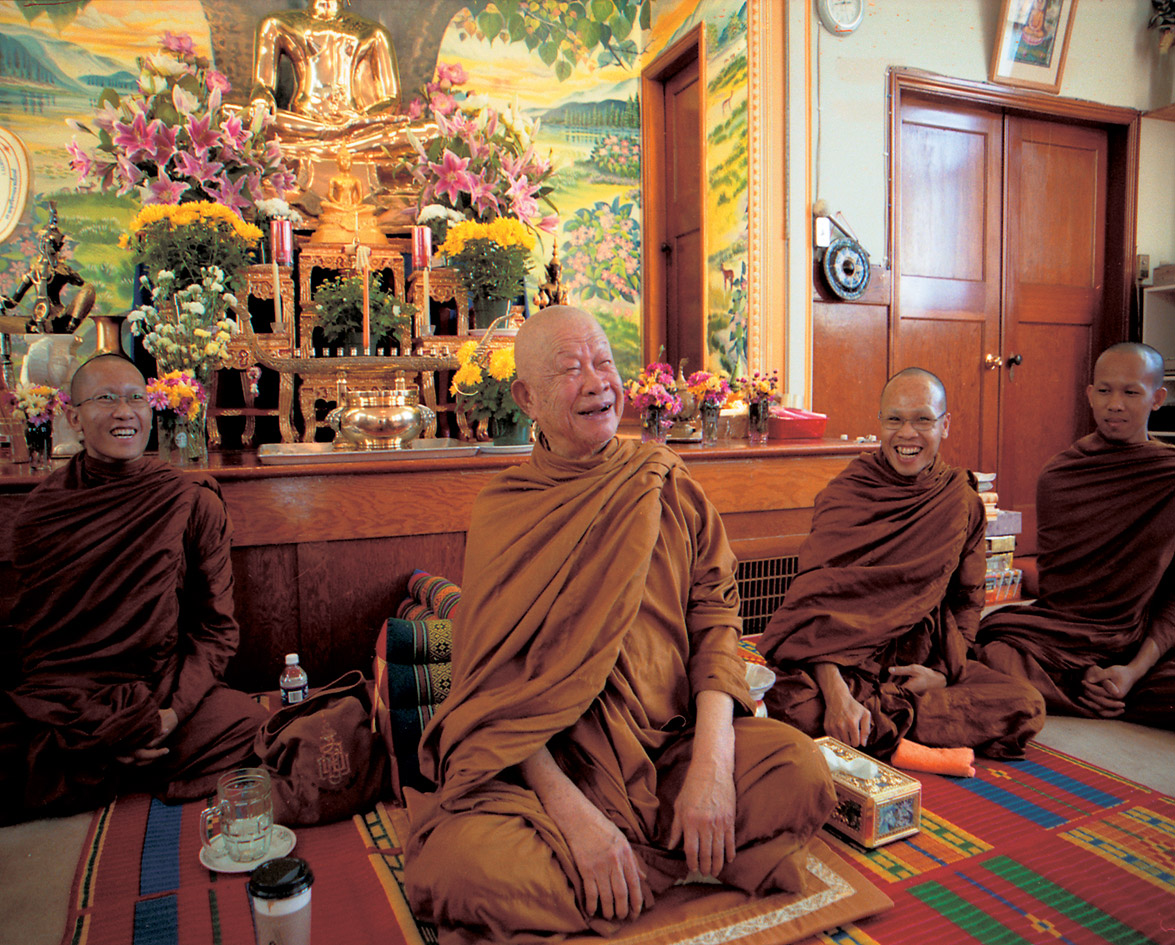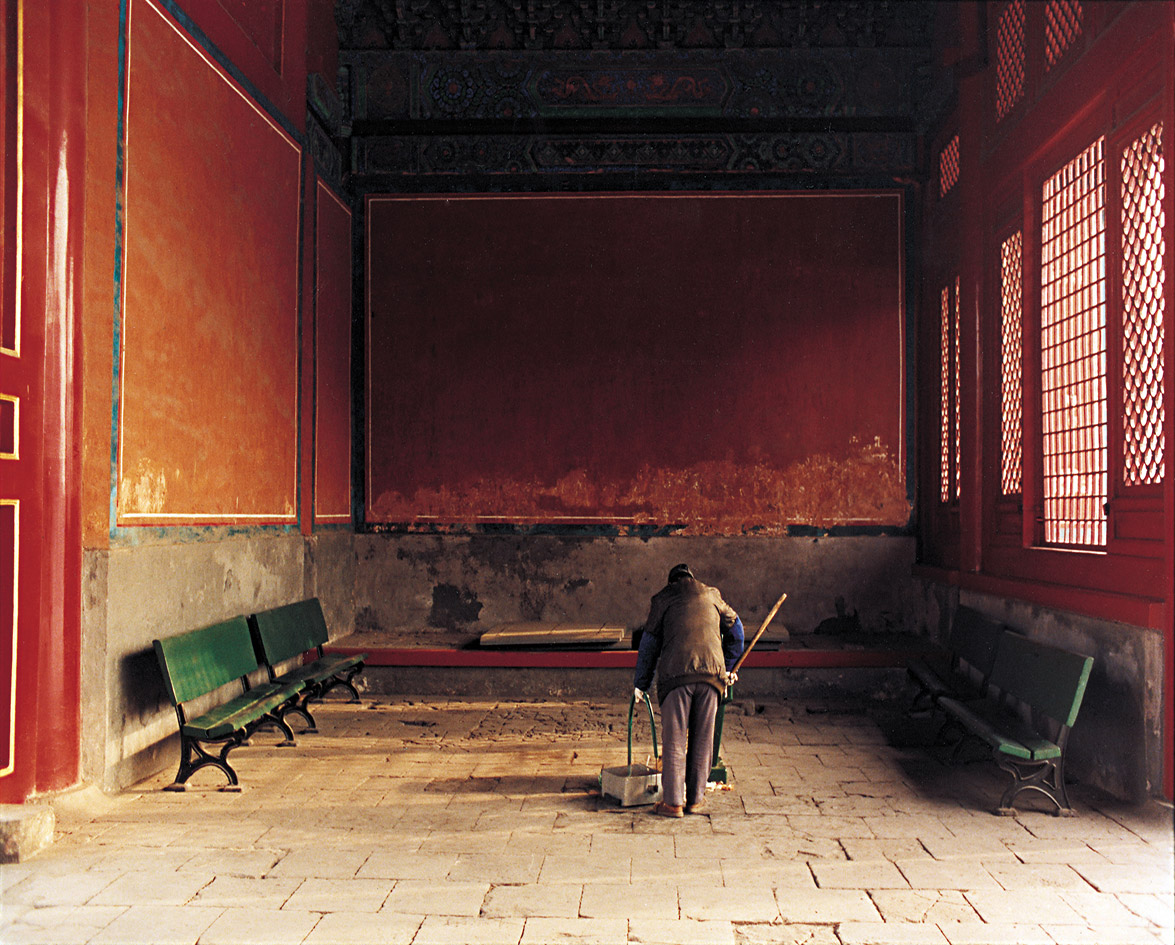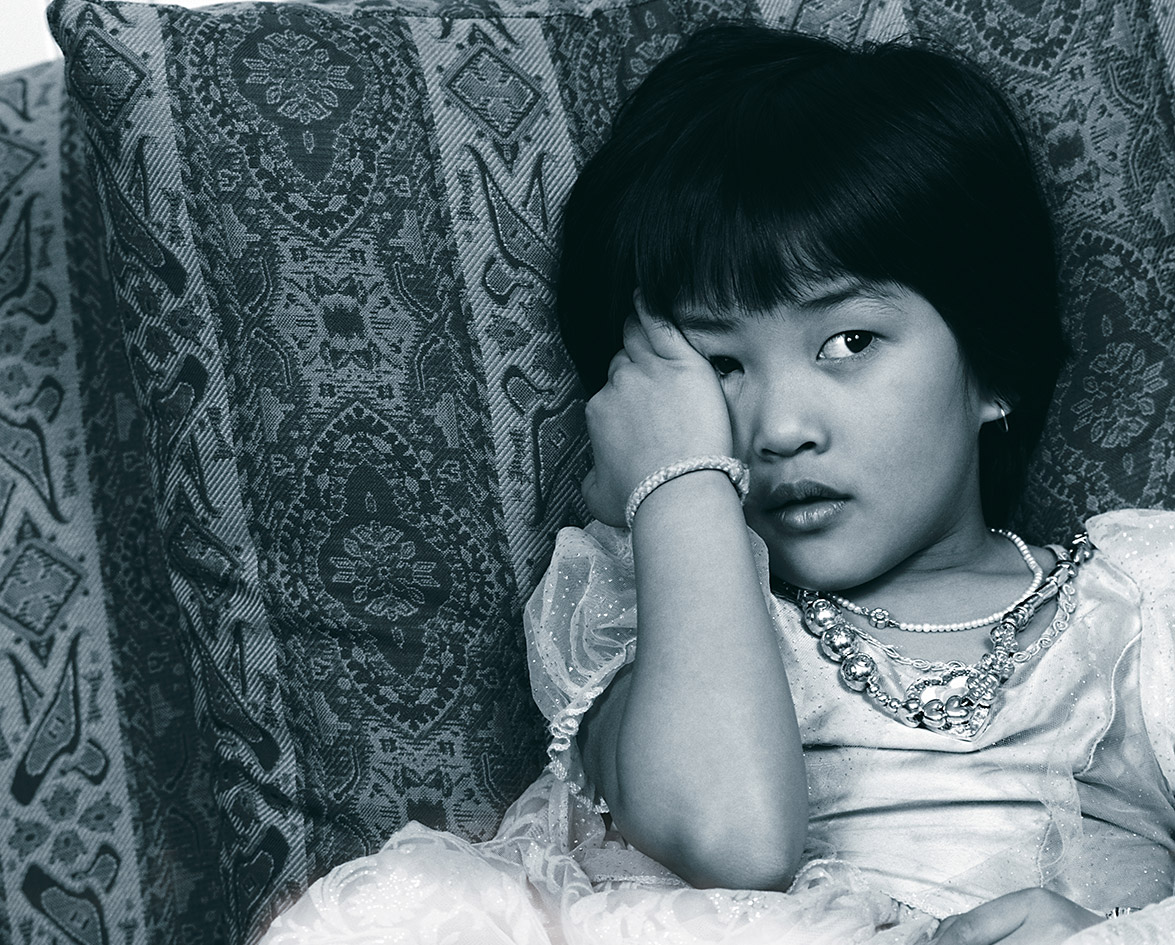It’s April 13th, mid-way through the hottest month of the year in Southeast Asia. As a visitor wades through 40-degree heat on the deserted side streets of Thailand’s northern city, Chiang Mai, he hears a mischievous giggle drift around a street corner. He approaches, curious. Suddenly, he is hit by an icy blast from a supersoaker! The boisterous children run away, laughing, to reload and search for a new target. Recovering from the shock, the visitor relishes a break from the intense tropical heat.
This is Songkran, Thailand’s New Year’s celebration, one of the most anticipated festivals of the year in Southeast Asia. During the festivities, Thailand and parts of Laos, Burma, Cambodia, and China shut down, and the residents take part in what is likely the world’s biggest waterfight. Weeks ahead of time, the streets are lined with stalls selling every form of weapon, from huge supersoakers to homemade water cannons built from PVC pipes. Even with such a varied selection available, most people arm themselves with a simple bucket, a barrel of water, and a big block of ice. While Songkran officially runs over three days, eager children are known to target unsuspecting pedestrians up to two weeks beforehand.
What Is Songkran?
The name, Songkran, originates from a Sanskrit word meaning “to move” or “change place,” and refers to the path the sun takes through the zodiac. A new astrological year begins in mid-April as the sun passes from Taurus into Aries. The festival, celebrated every year from April 13th to 15th, is one of the few remaining festivals that honours the old Thai lunar calendar.
The waterfight is a much-loved part of Songkran. Apart from this enjoyable activity, water holds a deeper significance in Thailand as well. As Songkran occurs at the end of the dry season in Asia, the throwing of water represents hope for an abundant rainfall for the upcoming harvest. Water is also a symbol of purification and cleansing. It is thought that anything bad left from the old year will become unlucky if carried through to the New Year. Before Songkran begins, Thais vigorously clean everything, including themselves. They greet the New Year cleansed, fresh, and dressed in new clothes.
The Rituals Of Songkran
Wan Sungkham Lohng, April 13th, is the first day of Songkran. Also called Maha Songkran Day or Major Songkran Day, this is the day that marks the end of the old year. Thais will spend this morning merit-making at the Buddhist Temples, to ask forgiveness for any past wrongdoings and to pray for the safekeeping of loved ones who have passed on. Merit-making can be accomplished by presenting offerings to the monks and by helping clean the temple grounds and buildings. This tradition enables Buddhists to practice what they believe: good deeds will lead to happiness, whether it is in this life or the next.
Later that day, worshippers bring the Buddha statues out of the temples. The deities are sprinkled with jasmine-scented water and paraded through the city, so that everyone can take part in the bathing ritual.
Buddhism’s Role In The Festivities
Buddhism plays such a big role in the festivities that Songkran is often mistakenly referred to as the Buddhist New Year. Many other events take place at the temples in addition to merit-making. One ceremony performed by Buddhist monks, called Bangsukun, is a way for worshippers to show respect for their ancestors. Upon death, a Thai’s body is cremated and the ashes are buried at the base of a fig tree on temple grounds. Fig trees are sacred to Buddhists, as it was under such a tree that Buddha received his enlightenment. These trees are so important that they are found at almost every temple in Thailand.
Buddhism plays such a big role in the festivities that Songkran is often mistakenly referred to as the Buddhist New Year.
Wan Nao, April 14th, is a transition day. On this day, the sun is at its mid-point between Pisces and Aries, halfway between the old year and the new. Thais gather at temples throughout the morning to pile sand into mounds topped with brightly coloured flags and vibrant flowers. This tradition dates back to when the faithful celebrated Songkran at the end of the rainy season in Thailand. Then, it was necessary to bring in sand to protect the temples from flooding. Now, sandcastles are built in memory of the old ritual. Buddhists believe that as people leave the temple, they take a part of the grounds with them literally and metaphorically. Bringing in sand during Songkran replaces what has been tracked away throughout the year.
Throughout the festival, young people pay their respects to older generations by gently pouring water over the hands and backs of their elders. In return, the elders give their blessings and offer good wishes for the coming year. They may also apply white, scented clay to the faces and necks of the youths. The clay acts as protection against evil and bad luck. It is considered wise to leave it on until it washes off of its own accord.
The Water Fight
April 15th , Wan Payawan, is New Year’s Day. On this day, with most of the rituals and responsibilities taken care of, the water throwing begins in full force. This is the fun-filled practice known around the globe.
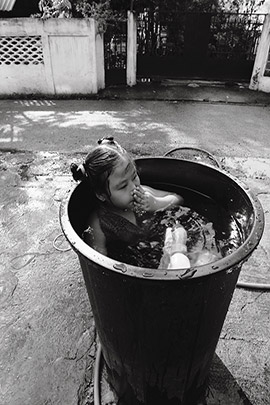
Chiang Mai is the hub of all activity during Songkran. A moat surrounding the city provides plenty of ammunition for the festival’s main activity. All day long there are music and dance events, parades, special markets, and the annual “Miss Songkran” beauty pageant. Many people, Thais and tourists alike, migrate to Chiang Mai for the festival. During these celebrations, the city’s population quadruples in size. The traffic is terrible and the weather is unbearably muggy. Yet everyone walks around with big grins on their faces.
The world’s biggest waterfight doesn’t encourage mere spectating. In fact, tourists are strongly encouraged to participate. Francis Leclerc is a Canadian who was travelling through Southeast Asia with his girlfriend in 2004. The couple had originally planned a trip to Laos in April, but after speaking with Ken, a Thai employee at their guesthouse, they changed their minds. “Ken told us the place to be for Songkran was in the North [of Thailand],” Francis said. “He told us it was crazier up there!” Crazier didn’t even begin to describe it. The pair spent a week prowling through the Chiang Mai streets armed with water cannons. “We saw lots of weird stuff. There was one little girl that spent three days sitting in a bucket of water outside our guesthouse!”
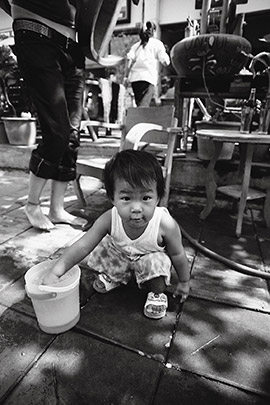
Songkran Is For All Ages
Songkran isn’t just a festival for kids; many adults readily revert back to their childhood when given the chance. “There was one man I saw when I was having a coffee at a hotel,” Francis remembers. “At the table next to me was a really nice-looking Japanese woman. She was sitting there reading a book. Then there was a bit of a noise at the door and a messy-looking man rushed in, soaking wet, holding an empty water gun. He stopped a waitress and asked her if he could refill. She said, ‘okay,’ so he ran off to the kitchen and refilled his gun. Then he gulped down a cup of coffee at the Japanese woman’s table and went back outside. It was her husband! She just laughed. Kind of the way you would laugh at a child.”
With Lonely Planet (aka the Travelers Bible) describing Songkran as being “celebrated with enthusiasm bordering on sheer pandemonium,” it’s no wonder that tourists flock to Thailand every April. “We were welcomed,” Francis said. “We were encouraged to participate, although that could be because tourists make great targets.”
In many parts of the world, religious events continue to diverge from the traditional values on which they were founded. In North America, for example, many criticize Christmas as being little more than a celebration of consumerism, and Easter has been reduced to a chocolate festival. Songkran, however, is one celebration resisting this trend. While the young people in Thailand consider the waterfight to be the epitome of Songkran, the real heart of the festival lies in families and communities coming together. Whether it’s through the merit-making rites that involve community temples, or simply a thorough cleaning of the family home, Songkran embodies all of the values and beliefs of Thai culture. Esteem for elders, respect for ancestors, and good fortune in the new year are all important to these unique people. Songkran is a time of contemplation and devotion for Thais, but it is also a time for great fun and mischief.





